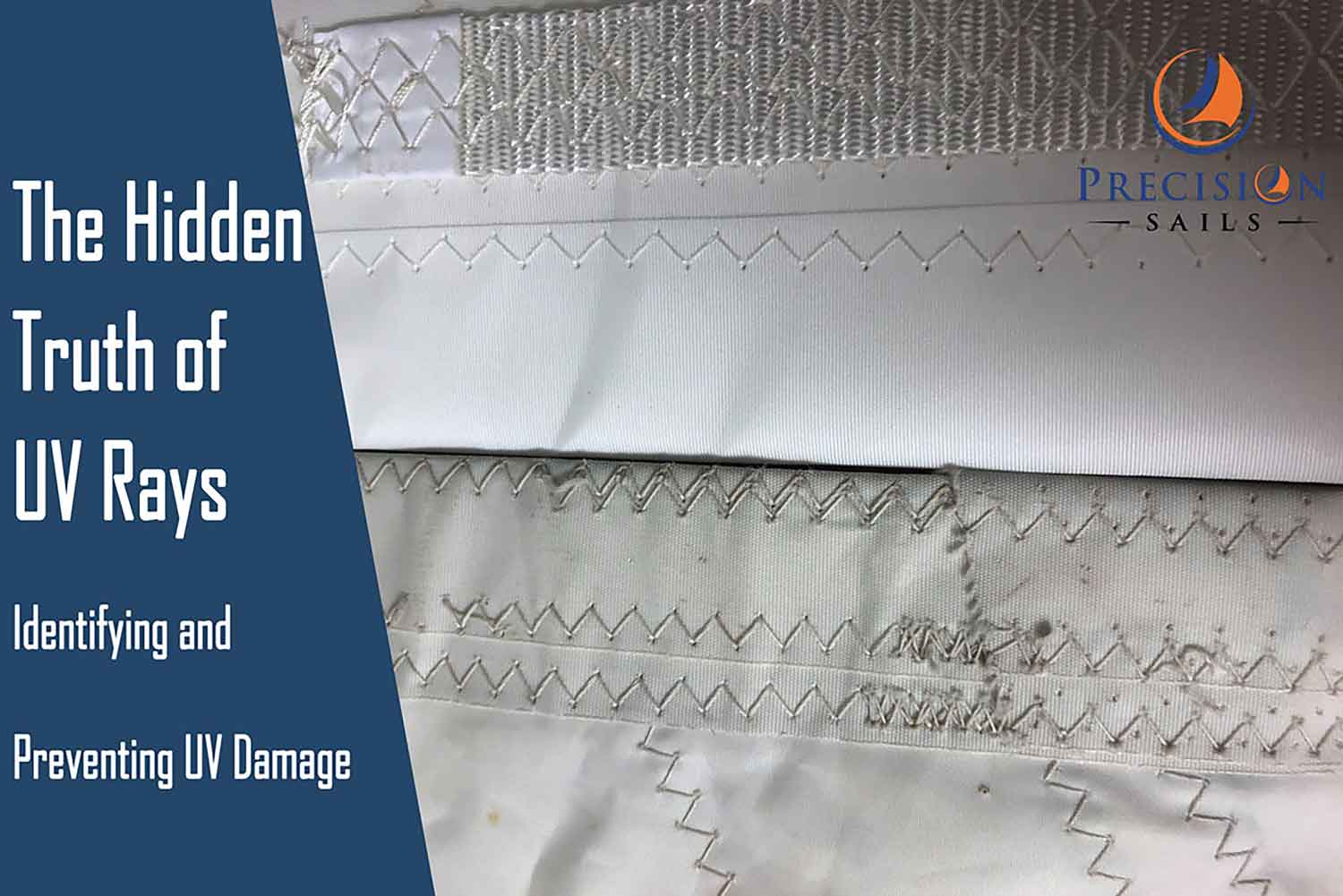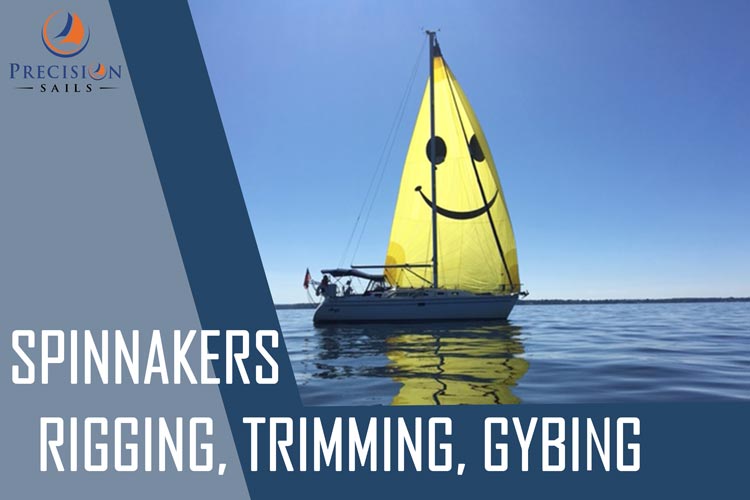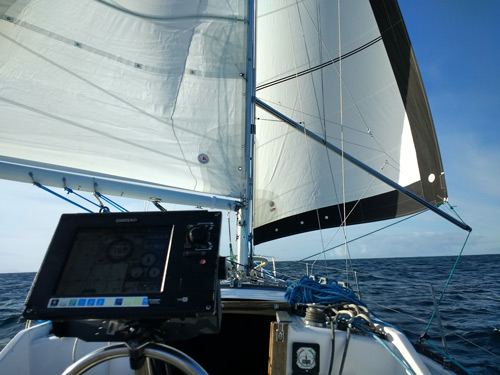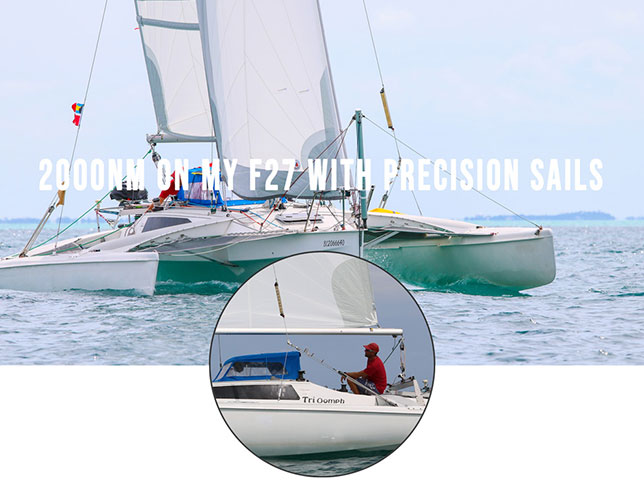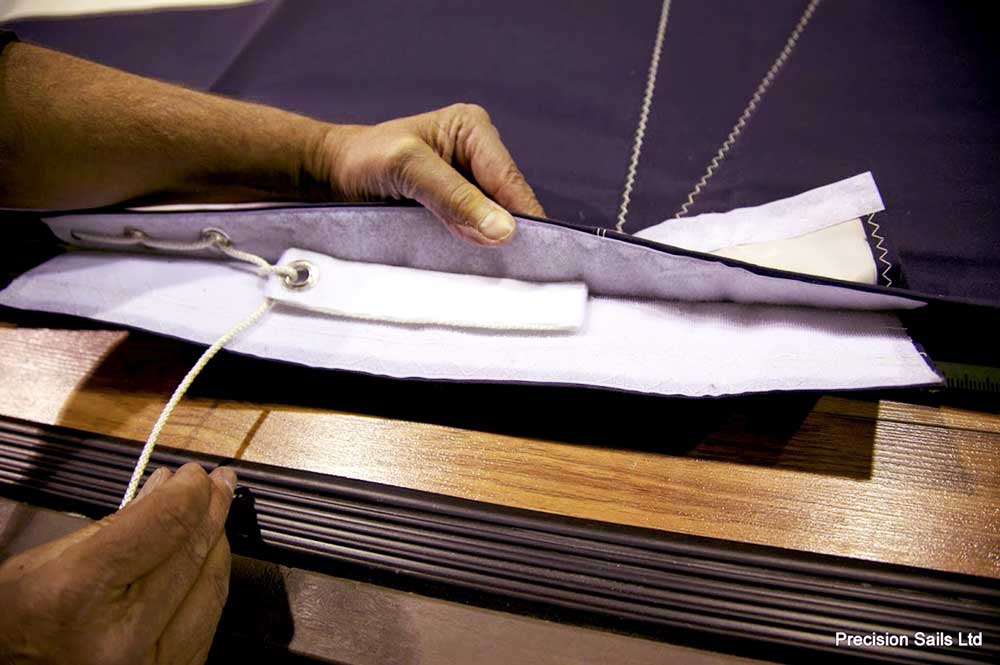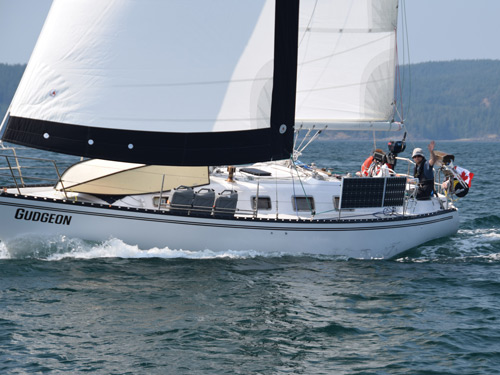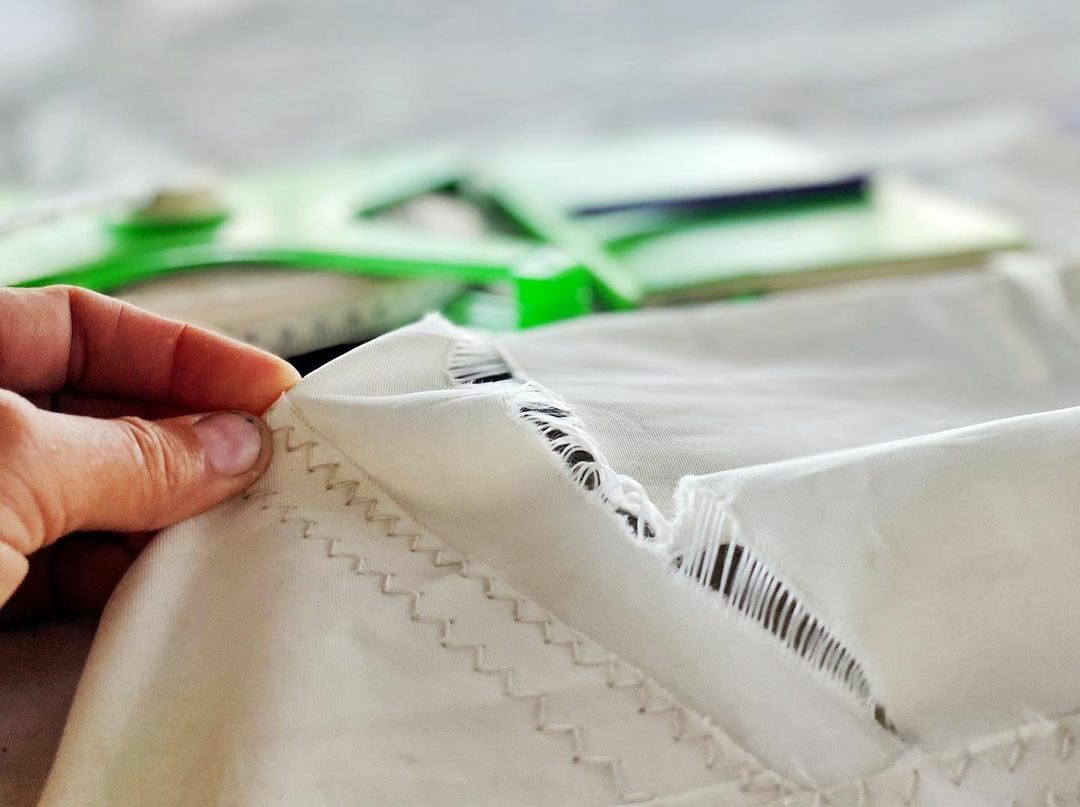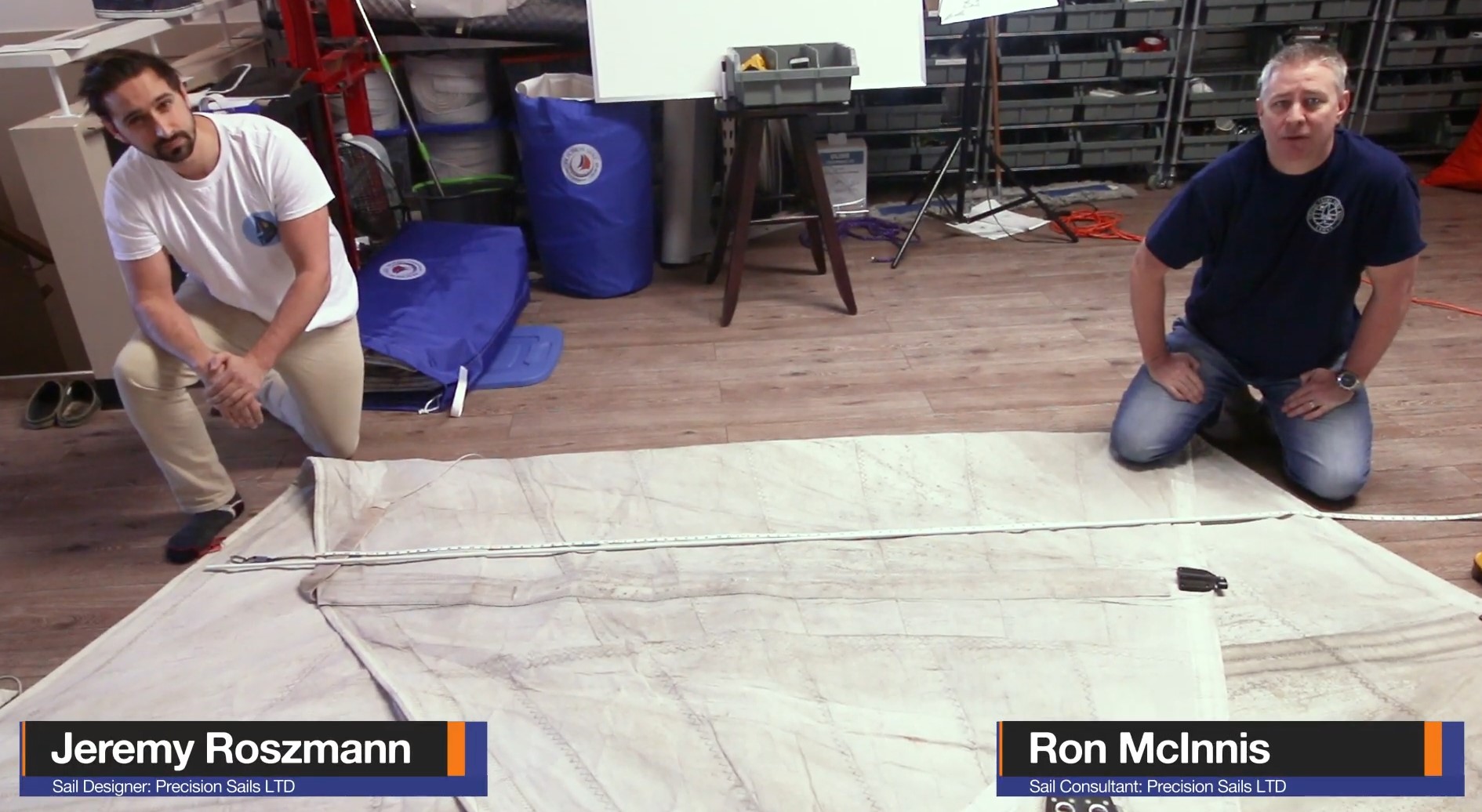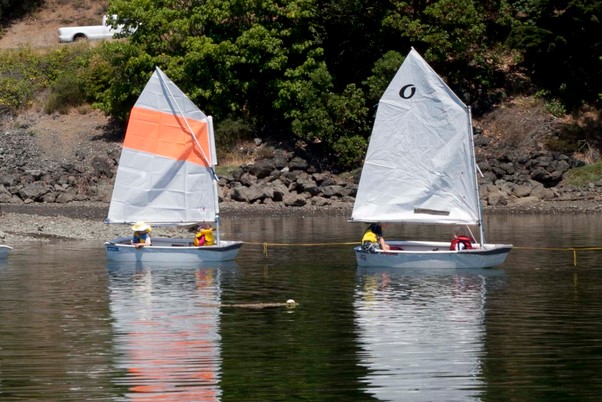Ultraviolet rays are the silent killer of sails, there is no way to avoid it but you can prevent it. UV damage doesn’t just happen in a day, in fact it can take years to cause any sort of damage. But knowing what to look for and creating good habits will definitely increase the functional life of your sails. Learn how to identify what UV damage looks like, how to repair it and when to replace your sails.
Read More about The Hidden Truth of UV Rays
A spinnaker is downwind sail set at the bow which billows when it catches the wind. Lightweight and custom made for the wind range you plan to sail in. All of our spinnakers are radial designed and stitched together expertly to prolong their life.
Read More about Spinnakers: Rigging, Trimming, Gybing
Jibs and Genoas are triangular sails which are affixed to a stay in front of the mast. Typically they run from the head of the foremast to the bowsprit. Jibs and genoa’s are used in tandem with a mainsail to stabilize the vessel and are usually measured by their Luff Perpendicular percentage.
Read More about Jibs vs Genoas
Francois Hebert works as the General Manager and head coach at the Whistler Sailing School. He recently went through the process of ordering sails from Precision Sails for his Corsair F27 R trimaran, “Trioomph”. Trioomph’s mainsail and furling jib were made using Warp Drive sailcloth from our Precision Tri-Radial Series.
Read More about Sailing 2000 Nautical Miles in the Sea of Cortez and the Bahamas
Reefing is meant to increase your ease-of-use, flatten sail shape, reduce sail area, and re-position the boat’s center of effort. This reduces heeling and de-powers your sails to improve safety and stability in rough weather. Reefing is an important part of sailing to learn and understand how to do efficiently and effectively.
Read More about Reefing 101: How to reef a mainsail and when to do it
When we purchased our J 40 she came with several Dacron sails in ‘good’ condition. After a few months of racing it was apparent we had exceeded both their performance and life expectancy. My wife and I contacted several local, commonly known sailmakers who were unresponsive or very non-customer service focused
Read More about Racing my J40 with Precision Sails
A leech line is attached at the head of your sail and runs down to just above the clew. This line can be usually be adjusted using cleats, or Velcro tabs at the clew or intermediately at reefs. Tensioning this line reduces flutter in the trailing edge of the sail and improves sail shape.
Read More about Leech and Foot Lines
I got my sailboat, Gudgeon, on a whim. I’d heard you could live on a sailboat and so I bought the first one I set foot on, a rather tired Cherubini designed Hunter 36. Built in 1980, she was older than I was and though kinda overbuilt as was common for the era.
Read More about My Experience with Precision Sails – Three years later
Checking the condition of your sails is a major component of regular maintenance. It can prevent small issues from becoming larger disasters in the future. And when purchasing a boat can inform you about the upkeep and age of the sails from the prior owner. Unfortunately, it is probably one of the more mundane tasks.
Read More about Sail Maintenance: Checking the Condition of Sails
In this guide Ron McInnis, and Jeremy Roszmann are going to go over the measurements needed for your. Catamaran Mainsail Battens and Batten Hardware. All these measurements can be done single-handed, however, a second set of hands will aid in speed and precision.
Read More about How to Measure Your Catamaran Battens and Batten Hardware
Precision Sails believes in supporting its community and so when the opportunity to support the Sooke Sailing Association came up we jumped at the chance. We were able to donate three Opti sails to this wonderful organization, helping youth develop and advance their sailing skills. This blog provides images of the 3 Jr Opti sails donated to Sooke Sailing Association.
Read More about Precision Sails Donates 3 Jr Opti Sails to the Sooke Sailing Association
